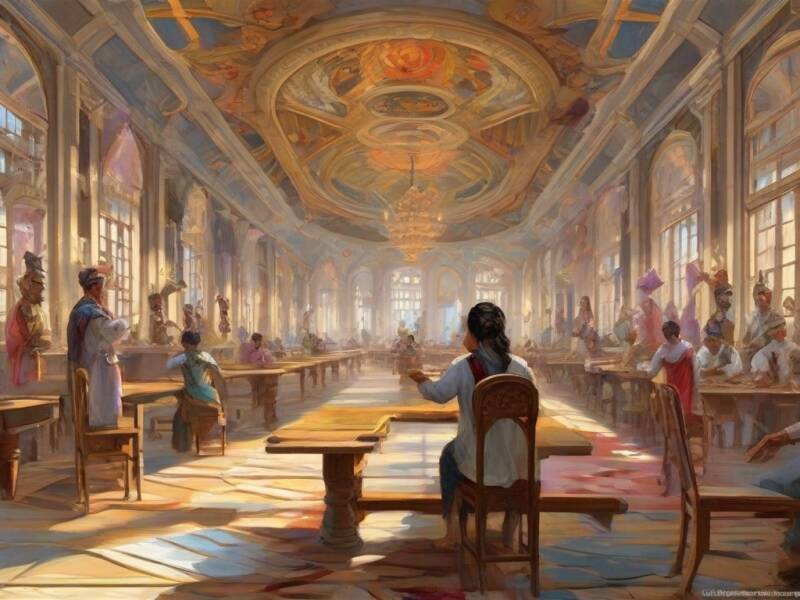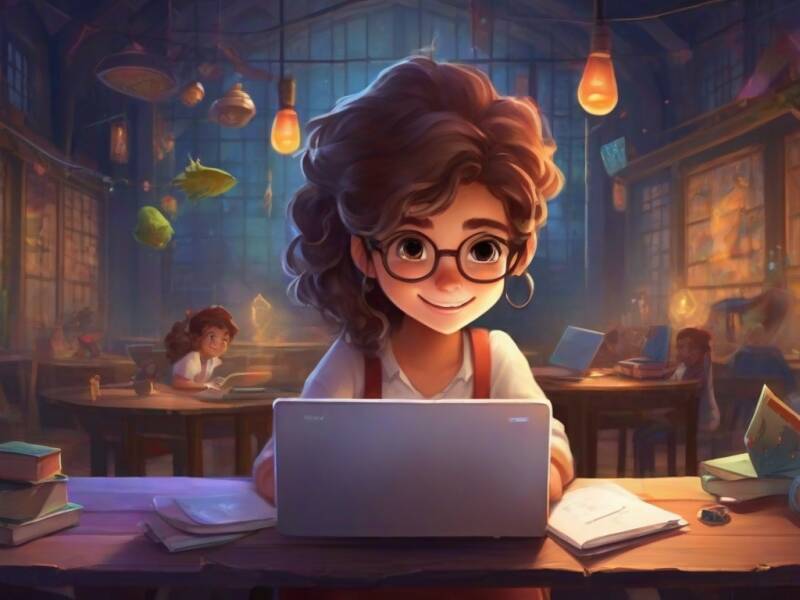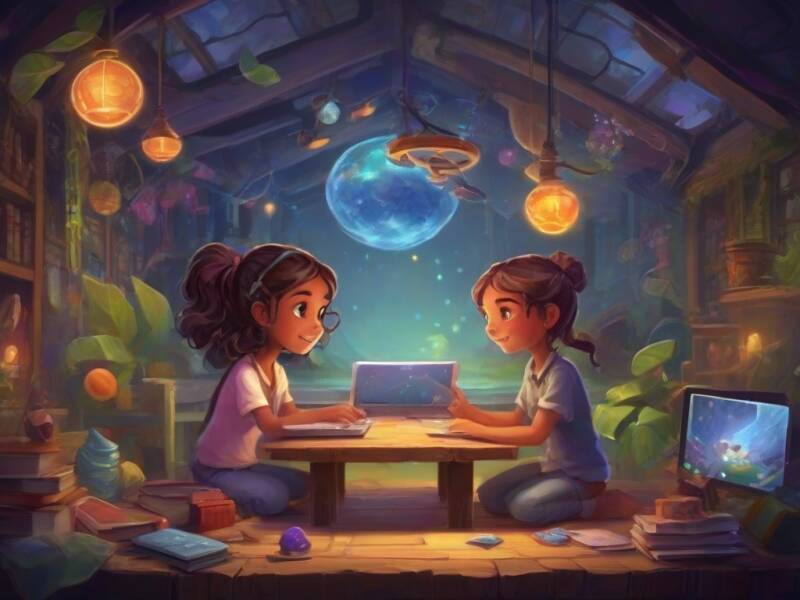
Creating Significant Learning Environments Through a Gamified Blended Learning Experience. (CSLE via GBLXP)
In this post, I will explore how a focus on creating significant learning environments centered around growth mindset principles can enhance and empower a gamified blended learning experience I am spearheading. Drawing from key learnings across several courses, I have developed an innovative cross-disciplinary pilot combining game design, narrative writing and neuroscience students to collaborate on educational games focused on conveying concepts of neuroplasticity.

My Learning Philosophy: Constructivism and Student-Driven Learning
As outlined in my learning philosophy, I deeply align with constructivist theories which view learning as an active process where students build new understanding based on existing knowledge through experience, discourse and reflection. My role as an educator is to facilitate learning by creating student-centered environments sparking curiosity, critical thinking and knowledge construction (Harapnuik, 2021).
This perspective connects directly to the vision of my gamified blended learning experience(GBXP). By incentivizing complementary strengths across coding, storytelling and scientific modeling, I aim to amplify connected potential beyond singular disciplines. The "3 Column B.H.A.G" assignment aligns perfectly with my GBLXP.

Principles for Creating Significant Learning Environments
Creating more natural, learner-driven settings is vital for engagement as I described in my CSLE response (1- a new culture of learning). Students need autonomy over relevant projects matching real-world contexts. Fostering intrinsic motivation around pursuing genuine interests results in deeper learning. Additionally, the whole learning environment encompasses physical, social and emotional landscapes. My gamified approach factors in these multidimensional influences.
The Learning Environment's Impact
In designing my innovation plan, I developed a detailed chart of data outlining situational factors, assessments tied to objectives spanning foundational knowledge to caring connections. This comprehensive scope conveys my commitment to significant learning environments interrelating learner needs across domains. From establishing team dynamics to playtesting scientific accuracy, each element scaffolds the next while building towards collective goals.

Framing the Learning Experience through UbD
Analyzing instructional design frameworks showed rigid formulas fail to address learning complexity. But principles like intentional sequencing of goals and activities focused on enduring takeaways can enrich experiences. My vision aligns with UbD ideals of exploration, critical thinking and problem-solving. Students will construct knowledge by synthesizing subject contributions and communicating concepts interactively. This interdisciplinary, learner-driven approach promotes engagement and self-efficacy.

Cultivating Growth Mindsets
I will continue to nurture growth mindsets in myself and my students by praising effort over talent, ensuring psychological safety for creative risks, and modeling persistence through obstacles. The emphasis will be progress over benchmark achievement since skills are malleable. For the pilot, qualitative assessments of teamwork and critical thinking will take priority over letter grades. While an essential starting point, mindsets require activation through tools and opportunities for mastery (Harapnuik, 2021). This gamified approach offers an optimal avenue for all of these concepts and ideas.



Add comment
Comments